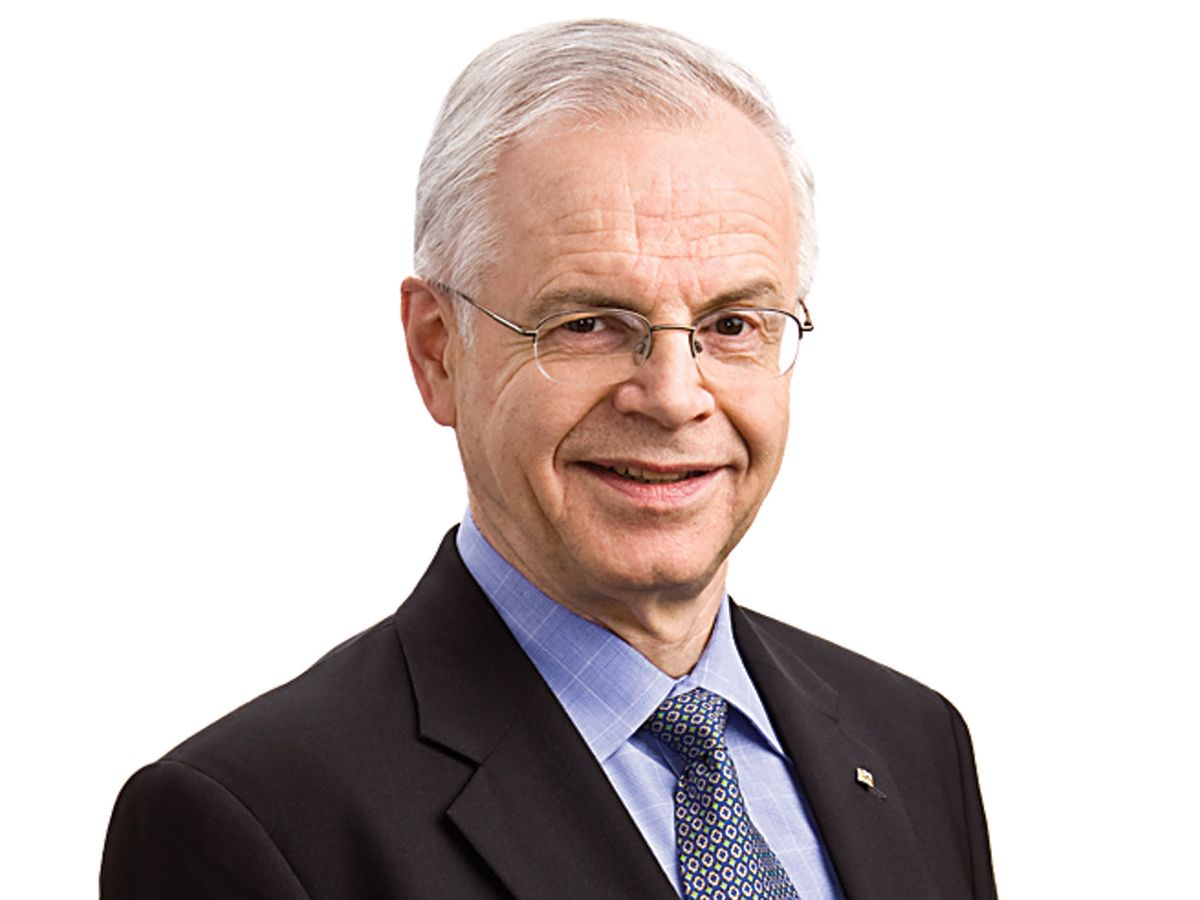THE INSTITUTE In the elevator at a conference, a fellow passenger noticed the letters IEEE on my name tag and asked, “What’s I-E-E-E?”
It got me thinking about how to respond. Instinctively, most of us would answer, “IEEE is the Institute of Electrical and Electronics Engineers.”
But does that accurately describe IEEE today? And does it mean anything to someone who has never heard of IEEE before? I don’t think so. A look at IEEE’s many fields of interest and our members’ college degrees proves that.
For example, a 2004 survey of IEEE Computer Society members found that only 45 percent held degrees in electrical or electronics engineering.
In some of our societies the dissonance between our name and members’ interests affects membership. When I learned that a general chair of my principal conference, the IEEE International Frequency Control Symposium, was not himself an IEEE member, I asked him for the reason. He replied, “Why would I want to join a bunch of engineers?”
In our technical communities, many volunteers are not EEs; they are computer scientists, materials scientists, physicists, biomedical engineers, and more. They might be members of the Association for Computing Machinery, the American Physical Society, or other organizations, but because they are not EEs, they don’t necessarily feel at home in IEEE.
The diversity of technical interests is even seen in the backgrounds of our awards recipients, including IEEE’s highest award, the IEEE Medal of Honor, which is given for an “exceptional contribution or an extraordinary career in the IEEE fields of interest.” Of the 21 recipients since 1988, only 11 have EE degrees. Last year’s recipient, Intel cofounder Gordon Moore, is a chemist.
Our ability to engage a broad array of members in a diverse set of communities is one of our strengths. Unfortunately, we sometimes lose members to other professional organizations when those people do not feel at home in the Institute of Electrical and Electronics Engineers.
This is not a new phenomenon. A study of young technical professionals 10 years ago showed that the spelled-out name reinforces a limited, dated definition of IEEE. This may be one of the reasons that most of the millions of engineers, scientists, and IT and other technology professionals around the world who work in IEEE’s fields of interest are not IEEE members. So, how do we answer “What’s I-E-E-E?” A variety of responses has been proposed. But given our diverse fields of interest, summarizing who we are and what we do is a challenge. Here’s one possibility:
“IEEE is the world’s largest technical professional organization advancing technology for the benefit of humanity. We offer publications, conferences, and technology standards that allow people to work together on projects and solve some of today’s most serious problems.”
I’m not proposing that we change our name or who we are, but rather that we think more carefully about how we position IEEE in the minds of current and prospective members as well as in industry, government, and educational institutions.
To help with that positioning, we began a multiyear effort in 2008 to improve the public visibility of IEEE with messages aimed at implanting and reinforcing the perception that IEEE is a global association focused on advancing technology for the benefit of humanity, and that IEEE is about a great deal more than just electrical and electronics engineering. There is something that all of us can do to promote IEEE: use the letters IEEE, or “I triple E” for short.
As far back as 1997, the IEEE Board of Directors passed a resolution requiring that in all cases, except where legally required, the letters IEEE be used in written and oral communications. This is echoed in the “IEEE Identity Standards,” which can be found on our website.
Many other organizations now use only the initial letters of their original name, including BMW, Qantas, Varig, GE, IBM, 3M, JVC, BP, and AT&T. They did so because their business changed and their original name no longer accurately described their activities and evolving directions. For example, Qantas now serves more than just Queensland and the Northern Territories, and AT&T discontinued its telegraph service in 1991. The organizations found great value in their acronym, which had—for any number of reasons—moved into popular usage. Similarly, research shows that “IEEE” has wide recognition in technical circles. Our public visibility efforts will further expand that recognition.
In this 125th anniversary year of IEEE, I ask that you help spread the word that IEEE today is a great deal more than what our full name indicates. And if you have a suggestion about how we can summarize in a few words what IEEE is all about, please send it to Vig.column@ieee.org.
